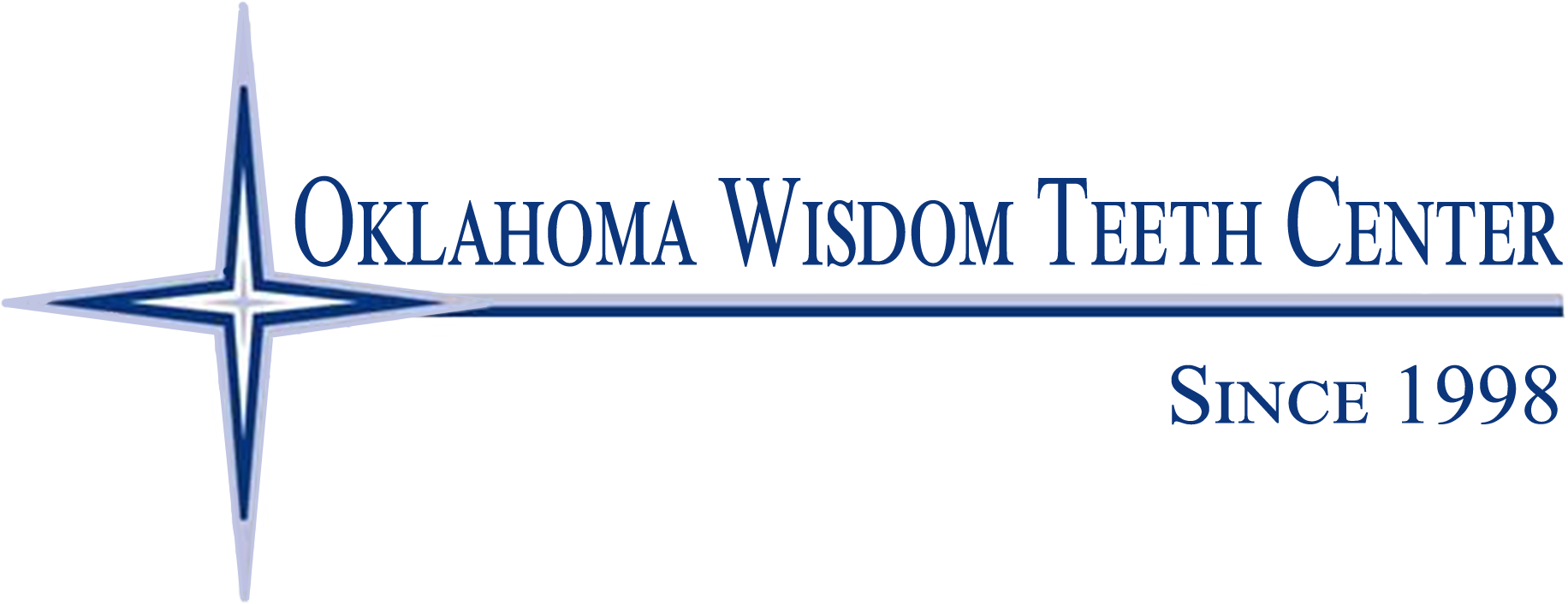Impacted Canines
If your dentist has used the term “impacted” in regards to your canines, you might not be sure what exactly that means. An impacted tooth is one that is “stuck” and unable to erupt through the gums in order to function as intended. This often happens with the third molars, otherwise known as the wisdom teeth. These teeth tend to get stuck in the back portion of the jaw, and if left untreated, they can develop a painful infection as well as a host of other problems. Since most of us don’t need the wisdom teeth, they are often extracted if they start to develop a problem.
The upper eyetooth, otherwise known as the maxillary cuspid, is the second most likely tooth to be impacted. This tooth plays a critical role both your bite and the dental arch. The cuspid teeth serve as strong biting teeth, and they will have the longest roots of any of your teeth. They will be the first teeth that touch when you close your jaws together, and they will serve as a guide to ensure the rest of your teeth are in proper alignment.

Frequently Asked Questions
Your Title Goes Here
Your content goes here. Edit or remove this text inline or in the module Content settings. You can also style every aspect of this content in the module Design settings and even apply custom CSS to this text in the module Advanced settings.
How Do You Recognize Impacted Teeth?
Impacted eyeteeth become more of a challenge as a patient gets older. Older patients will be more likely to experience an impacted tooth that doesn’t erupt on its own, even if there is plenty of space available for it. According to the American Association of Orthodontists, it is recommended that a panoramic x-ray, known as a panorex screening, be taken after a thorough oral exam when patients are around seven years old. This will be done to count the teeth and to determine if there might be any problems with the adult teeth erupting as planned. It is also important to determine that all the adult teeth are present and that there are no issues with crowding or unusual growths that may prevent proper development.
Exams of these adult teeth in children will usually be done by your dentist, and if problems are detected, you can be referred to an orthodontist. Treatment of problems involving teeth that are failing to erupt can involve placing braces on open spaces to encourage proper eruption. A referral may also be made to an oral surgeon for extraction of baby teeth that need to be removed or select adult teeth that could be preventing the impacted eyeteeth from erupting. Any growths or extra teeth that could be blocking the eruption of healthy adult teeth will also need to be removed.
If treatment is taken so that an eruption path is created and the space can be opened up before the age of 12, there is an excellent chance that an impacted tooth will erupt on its own. However, if the eyetooth is allowed to continue developing up until 13–14 years of age, it likely will not erupt on its own even with the necessary space cleared. If a patient is much older, there is a higher chance that the eyetooth will be permanently fused into position, and the only way that tooth will budge will be to extract it. At that point, an alternate treatment like a dental implant can be used to replace the missing tooth and to improve the structure and appearance of the arch.
What Happens When Eyeteeth Don't Erupt On Their Own?
In situations where the eyeteeth don’t erupt on their own, the oral surgeon and orthodontist will collaborate to attempt to get these teeth to erupt. Each situation will be evaluated independently, but treatment will typically involve braces being put onto the teeth, at least those found on the upper arch. A space will then be opened so that there is plenty of room for the impacted tooth to erupt and move into its correct position. If the baby tooth in this position has not yet fallen out, it will typically be left alone until the space for the adult tooth is ready. Once the space has opened up, an oral surgeon will usually be consulted to have the impacted tooth exposed and to put a metal bracket into place.
The process of exposing the tooth will involve a simple procedure performed in your surgeon’s office. First, the gum situated on top of the tooth will be lifted so that it exposes the tooth that is hidden underneath. Any baby teeth that might be present and in the way will be removed at this time. Once the permanent, impacted tooth has been exposed, the oral surgeon will bond a bracket to it, and this bracket will contain a tiny gold chain. The chain will be guided back to the orthodontic arch wires to temporarily attach it to the braces. In some cases, the surgeon will leave the exposed tooth uncovered by stitching the gum up above it to make a window that covers the teeth. However, in most cases, the gum will be returned back to its original state and sutured so that only the chain remains visible and exits through a small hole within the gums.
Within two weeks of your surgery, you will return to see your orthodontist. At this time, a rubber band will be attached to the chain so that a light pulling force can be placed on the tooth that is impacted. This will slowly begin the process of moving the tooth up and out of the gums and into its proper position within the dental arch. This process will be carefully controlled and can take a full year to complete, and it is important to remember that the end goal is to get the tooth to move out of the gums, not to remove it.
After the tooth has been moved into its final position, the gum surrounding it should be evaluated to ensure that it is healthy and strong enough to last for a lifetime, especially considering all the teeth brushing and chewing activities it will be exposed to over the years. In certain situations, especially when a tooth has needed to move a considerable distance, minor gum surgery may be required in order to bulk up the tissue over a relocated tooth. This will help the gum to remain healthy, and your orthodontist will explain the process to you if it applies to your unique situation.
These principles can be used for virtually any impacted tooth in the mouth. It is common for both upper eyeteeth to be impacted, and in these situations, the space formed by the dental arch will be prepared on each side. When your orthodontist is ready, an oral surgeon will expose and bracket both impacted teeth, and this can be done at the same time so that you only have to heal from one surgery.
The anterior teeth (cuspids and incisors) and bicuspids are small teeth that only have single roots, so they tend to be easier to erupt than the rear molars in the event of an impaction. The molars are much bigger and will have several roots, making it more difficult to move them. Therefore, the orthodontic techniques needed in moving an impacted molar tend to be much more complicated due to their location at the back of the arch.
What Can I Expect From Impacted Tooth Surgery?
If you will be having a surgery to expose an impacted tooth, you’ll be happy to know that the procedure is fairly straightforward. For most patients, local anesthesia and laughing gas are enough to keep you comfortable during the procedure, but select cases may require IV sedation. Your surgeon will evaluate your situation to determine which option for sedation is right for you.
The procedure typically takes about 75 minutes for one side, and if both sides require exposure it will take 105 minutes. If bracketing isn’t required, the time needed will also be cut in half. When you go through your pre-op consultation with your surgeon, you’ll learn exactly what will happen during your procedure and how long it should take.
After your surgery, you can expect to experience some bleeding. You may feel pain or discomfort, but most patients find that over-the-counter pain medications like Advil or Tylenol are more than enough to manage this pain, although prescription painkillers might also be prescribed. Within a couple of days following your surgery, you shouldn’t have any additional need for medication for pain relief.
Swelling and bruising may also be experienced after surgery. Swelling can be minimized by applying an icepack to the lip or cheek immediately following the procedure. While bruising isn’t as common, you shouldn’t be surprised if you do notice some.
You’ll also need to make a few changes to your diet right after your procedure. A diet of soft, bland foods is initially recommended, but if you begin to feel better, you can go back to eating your normal diet. You should avoid sharp or jagged foods like chips or crackers, as they could irritate the surgical site, but most foods are fine after the first day or two.
You’ll also need to follow up with your surgeon from 7–10 days after your surgery. This appointment will be used to evaluate the healing process, and you’ll need to follow up with your orthodontist so that the eruption process can be activated. As always, if you have additional questions or concerns about the treatment or your recovery, feel free to call our office.
Get In Touch With Our Tulsa Oral Surgeon!
We are looking forward to meeting you.
Fax: (918) 491-6999
Address: 7316 E 91st St, Tulsa, OK 74133
